The coastline dominates postcards and itineraries alike — but inland, north of the mountains, lies another Croatia entirely. This is a land of rolling vineyards, baroque towns, and slow rivers; a place where architecture replaces cliffs and café life replaces beaches.
Zagreb sits at its heart, a capital that still feels like a large town rather than a metropolis. Beyond it, the northern regions — Zagorje, Međimurje, and Varaždin — unfold in soft hills and historic villages. Together they form a Croatia that is quieter, more reflective, and deeply tied to Central Europe rather than the Mediterranean.
Zagreb — Between Old and New
Zagreb is not a city of spectacle. It’s a city of rhythm — of trams rattling down tree-lined boulevards, of people lingering at outdoor tables even in winter, of markets that still anchor daily life.
The Upper Town, or Gornji Grad, is the oldest part of the city, built on two hills once divided by a creek. Its cobbled streets lead past the colorful tiled roof of St. Mark’s Church and the Gothic towers of the Cathedral. The narrow lanes between them are lined with 19th-century houses, many still showing the soft wear of time.
From the Upper Town, the view stretches over Zagreb’s red rooftops to the green edge of Mount Medvednica. In the evenings, the city feels small and human-scaled. Locals gather in Tkalčićeva Street — once a creek, now a pedestrian lane of cafés, galleries, and small restaurants where the sound of conversation lingers long after midnight.
The Lower Town is broader, grander, and more Austro-Hungarian in style — elegant facades, parks laid out in perfect symmetry, and cultural institutions that give the city its steady heartbeat. The Mimara Museum, the Art Pavilion, and the Croatian National Theatre stand as reminders that Zagreb’s history is one of Central European connection rather than coastal isolation.
The Thermal North
An hour north of Zagreb, the landscape softens into low hills and small spa towns that have been welcoming travelers for centuries. Varaždinske Toplice and Stubičke Toplice are the best known — thermal springs once used by Romans, now surrounded by leafy promenades and 19th-century villas.
These are not glossy resorts but places of quiet ritual: morning walks, mineral baths, and unhurried meals in family-run inns. The water is warm and slightly sulfurous, the kind that feels medicinal even before you step in.
In the nearby villages, baroque churches rise above fields of corn and vineyards. The architecture is gentle — curved roofs, bright facades, carved wooden doors. Each village seems to have its own rhythm, its own small world of bakeries, cafés, and Sunday markets.
Varaždin — A City of Music and Craft
Varaždin is often called Croatia’s most beautiful inland city — and with good reason. Once the capital of the country, it remains a model of grace and proportion. The old town is compact and walkable, full of pastel buildings, hidden courtyards, and quiet arcades that open onto sunlit squares.
The 16th-century castle at its center, with white walls and a red-tiled roof, looks almost too perfect — like something lifted from a painting. Inside, the City Museum traces Varaždin’s evolution from a baroque stronghold to a cultural center.
What sets Varaždin apart, though, is atmosphere. Music spills from open windows, particularly during the annual Špancirfest, a late-summer festival that turns the entire city into a stage for street performers, artisans, and local food stalls. It’s lively without being crowded, festive without chaos.
Around the city, small roads weave through rolling countryside that feels made for slow travel. Many cycling holidays in Croatia itineraries include this region in their routes, connecting Varaždin with nearby vineyards and medieval villages. The pace suits the land perfectly — gentle, human, unhurried.
Međimurje — Where Rivers Meet
Further north still, between the Drava and Mura rivers, lies Međimurje — Croatia’s northernmost region and one of its most distinct. The landscape here is gentle, green, and orderly, shaped by agriculture and quiet prosperity.
The hills near Štrigova are covered in vineyards, producing fresh, light whites that rarely travel far from home. Small wineries dot the slopes, many family-run, where you can sit in wooden terraces overlooking the fields and taste wine poured by the winemaker himself.
Čakovec, the region’s main town, is small but well-kept, centered around a castle that once belonged to the noble Zrinski family. Its squares are calm, its streets wide, and its rhythm unhurried.
Međimurje’s charm lies in balance — between land and river, tradition and modern life. It feels complete, self-contained, content in its simplicity.
Zagorje — Hills, Castles, and Traditions
West of Zagreb, the region of Zagorje stretches across rolling hills that look almost like Tuscany in miniature. Vineyards climb gentle slopes, small chapels crown the ridges, and valleys hide clusters of stone farmhouses.
This is castle country. Trakošćan, perhaps the most famous, sits above a lake surrounded by forest — a romantic silhouette mirrored in still water. Its towers and walls were built in the 13th century and later transformed into a noble residence, filled with portraits, tapestries, and carved furniture.
Nearby, Veliki Tabor offers something rougher and more medieval, perched on a high hill with views that stretch for miles. It’s easy to imagine horsemen and traders once traveling these routes, connecting markets and towns long before Croatia became a nation.
Zagorje is also known for its food — roast duck, homemade noodles, and fresh cheese with cream. Many village inns still cook over wood fires, and Sunday lunch remains a ritual. The people here speak softly, move slowly, and treat guests with a warmth that feels instinctive.
A Different Kind of Croatia
The north doesn’t compete with the coast — it complements it. Where Dalmatia is bright and dramatic, the northern regions are subtle and layered. The beauty here is not in cliffs or sea views but in proportion: the curve of a hill, the pattern of rooflines, the sound of bells echoing across a valley.
Traveling through Zagreb and the north means seeing Croatia in its entirety — not just as a holiday destination but as a living country. It’s a place of work and rest, of art and craft, of conversation carried out over strong coffee and slow meals.
The rhythm is gentler, the distances shorter, and the sense of continuity stronger. For those who come inland, Croatia reveals another face — one shaped not by waves but by history, seasons, and the steady pulse of everyday life.

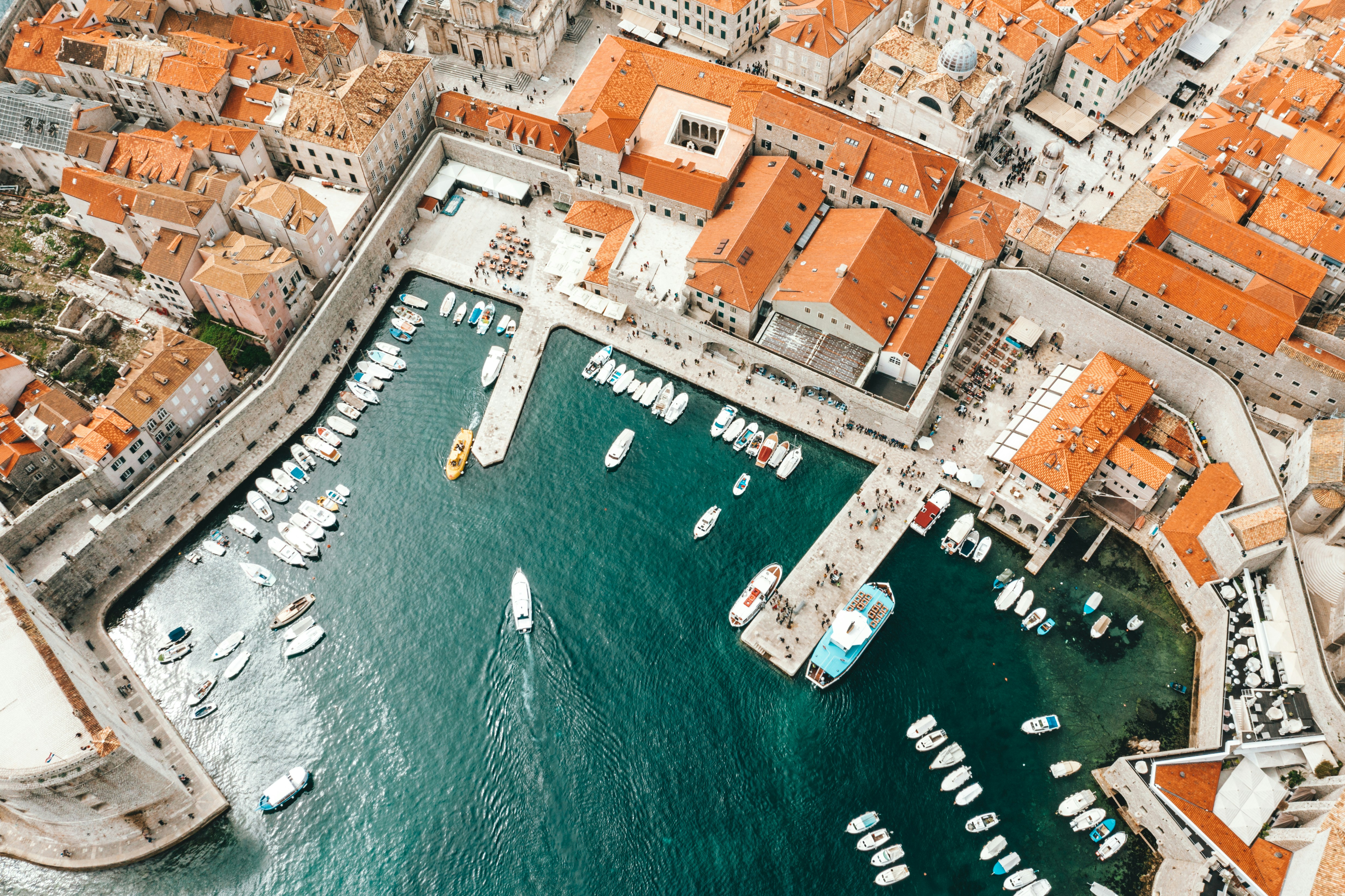

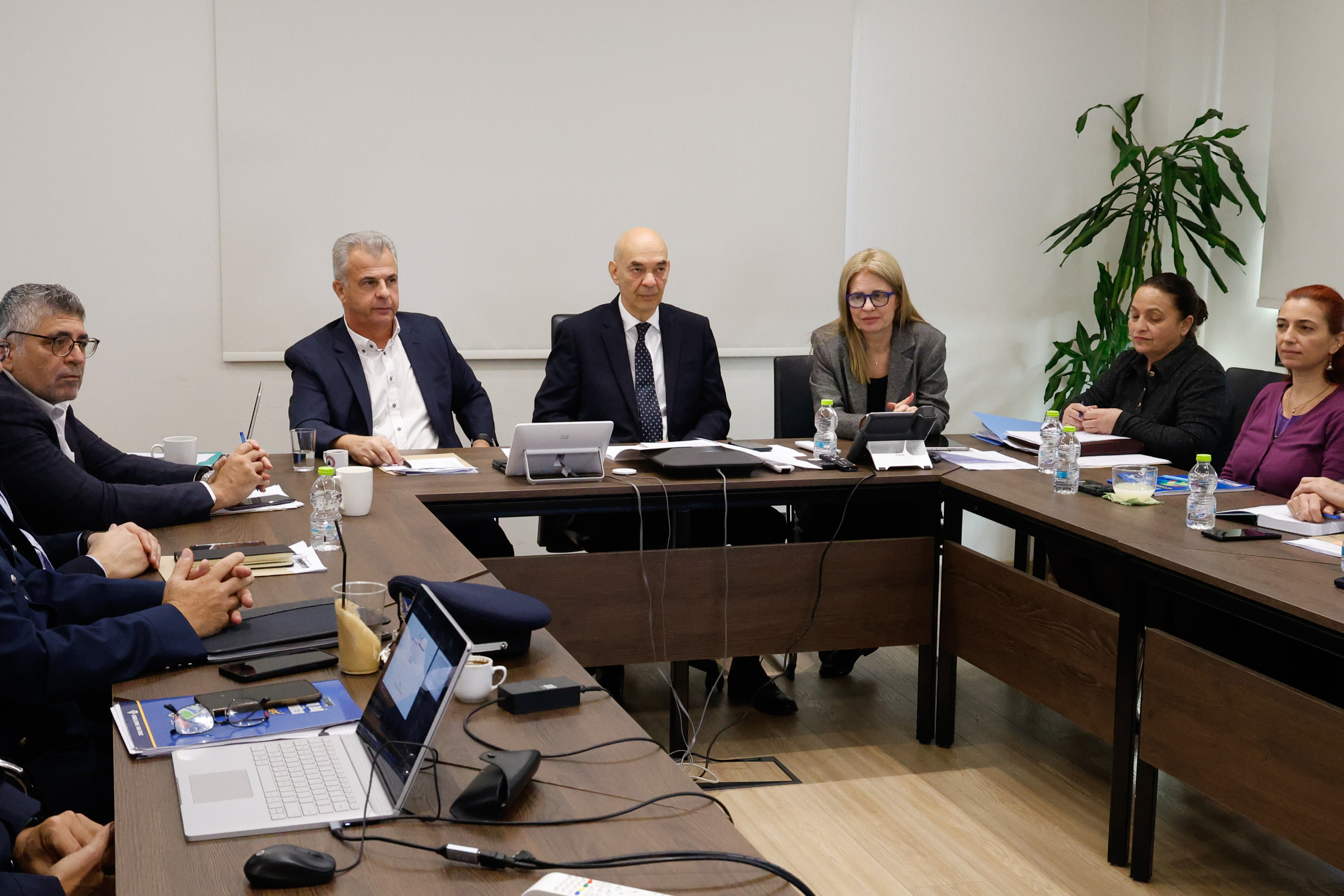
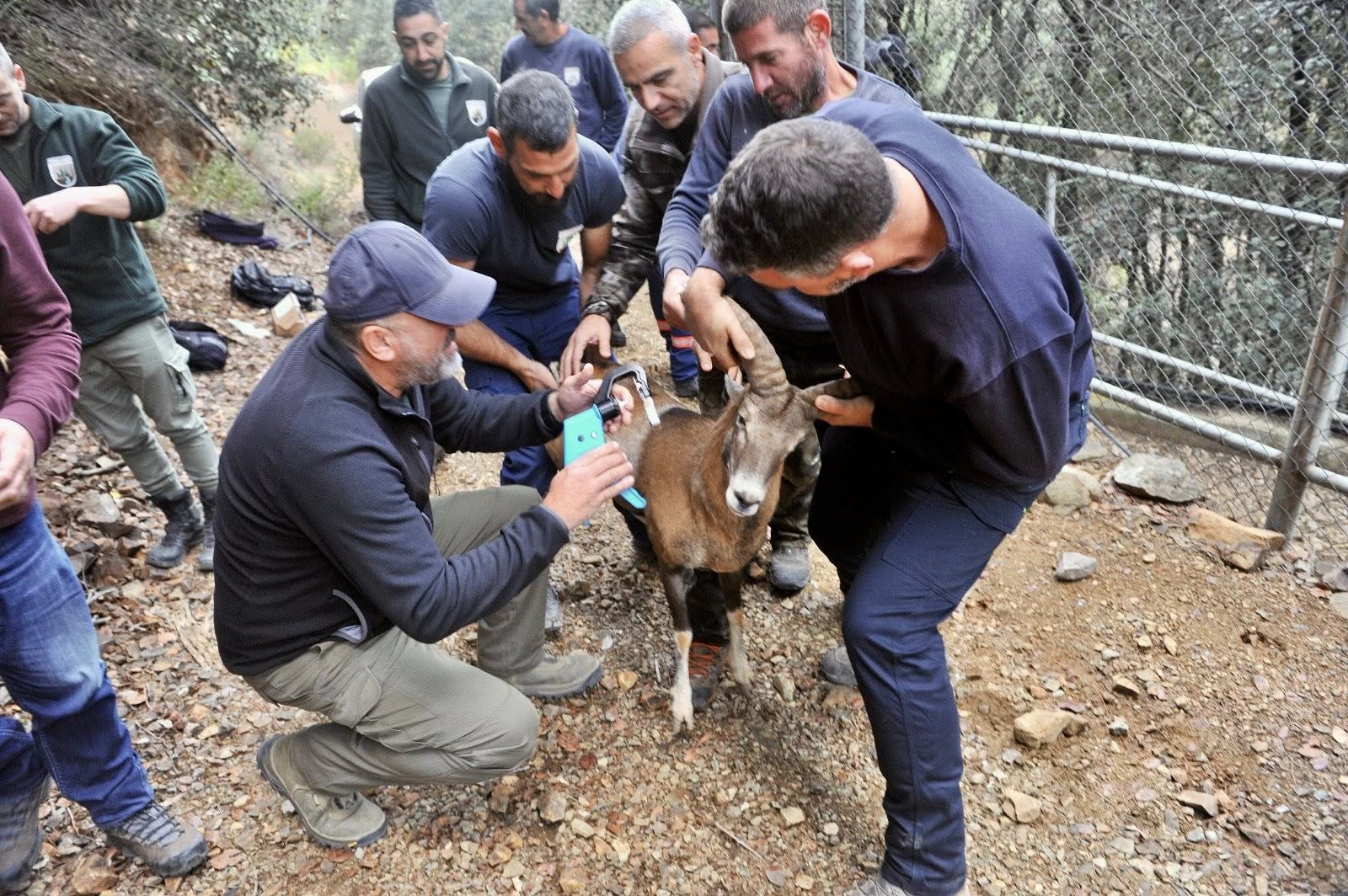
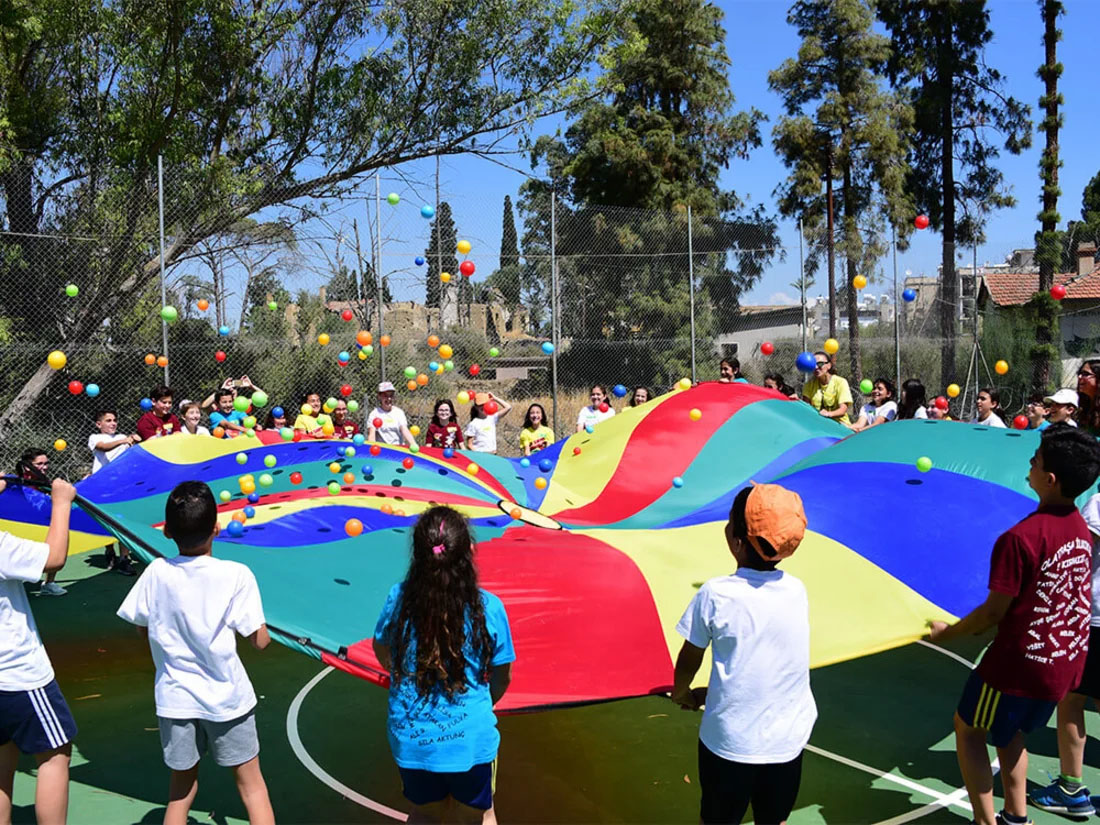
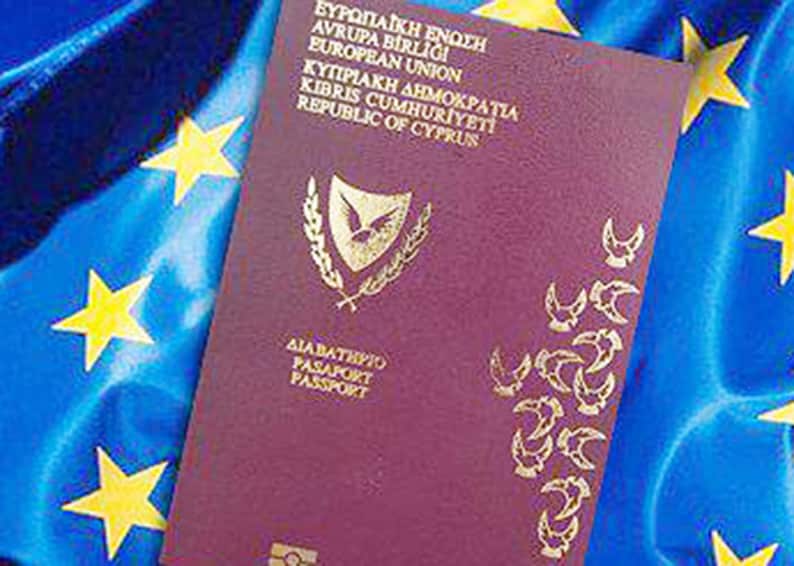
Click here to change your cookie preferences